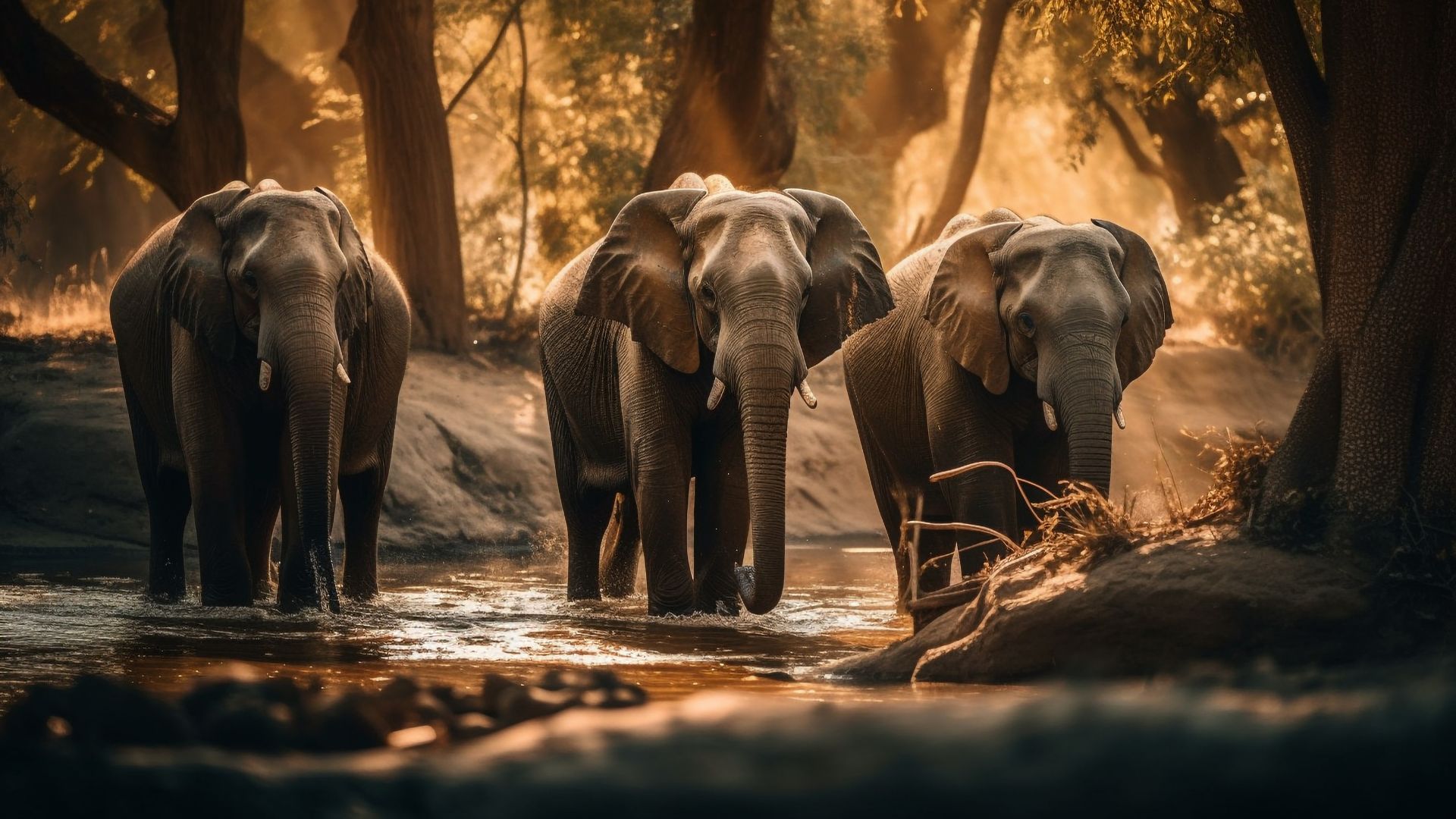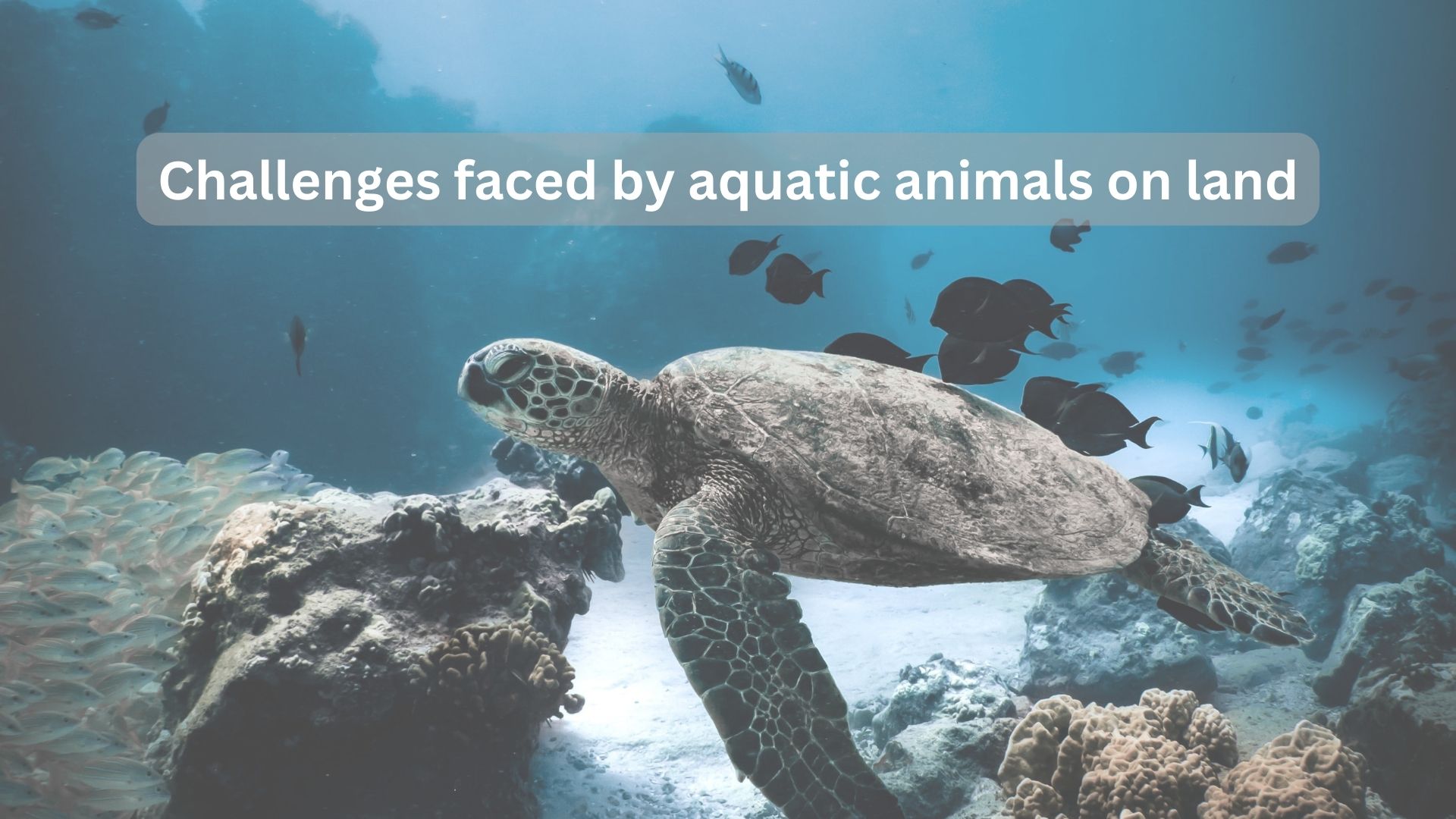“These Animals Can Kill You: A Comprehensive Guide to the World’s Most Dangerous Creatures” serves as a critical exploration into the perilous inhabitants of our planet’s diverse ecosystems. It delves deep into the fascinating yet alarming realm of nature, shedding light on creatures that possess the capacity to take human lives.
With meticulous research and a commitment to providing readers with valuable insights, this article covers an array of formidable animals, from venomous snakes and predatory big cats to menacing marine creatures and aggressive insects. Through detailed descriptions and expertly crafted narratives, it unveils the chilling capabilities and habitats of these deadly beings, emphasizing the importance of understanding and respecting the natural world.
Moreover, it offers practical advice on how to react when encountering these creatures and underscores the significance of responsible wilderness exploration. In a world where human-animal interactions are inevitable, this article serves as a comprehensive and eye-opening guide, reminding us that while nature’s wonders are boundless, its dangers can be equally profound.”
Table of Contents
The Deadliest Snakes
- The Inland Taipan
- The Black Mamba
- The King Cobra
The Inland Taipan
The Inland Taipan, often dubbed the “Fierce Snake,” is notorious for its venom potency. With venom so toxic, it can kill a human within hours, it inhabits the arid regions of Australia, making human encounters relatively rare but extremely perilous.
The Black Mamba
The Black Mamba, native to sub-Saharan Africa, is one of the fastest and most venomous snakes in the world. Its venom can cause paralysis and death within hours if left untreated.
The King Cobra
The King Cobra, known for its majestic appearance, boasts potent venom that can incapacitate a human in minutes. Found in Southeast Asia, it’s rightly feared for its deadly bite.
Ferocious Felines
- The African Lion
- The Bengal Tiger
- The Saltwater Crocodile
The African Lion
The African Lion, the apex predator of the savannah, has been responsible for numerous fatal attacks on humans in Africa. Their powerful jaws and strength make them a formidable threat.
The Bengal Tiger
The Bengal Tiger, with its immense size and strength, ranks among the world’s most dangerous big cats. Encounters with them in the wild can end tragically.
The Saltwater Crocodile
The Saltwater Crocodile is the largest living reptile, and its aggression towards humans is well-documented. Found in coastal regions of Asia and Australia, it’s a true aquatic menace.
Venomous Arachnids
- The Brazilian Wandering Spider
- The Sydney Funnel-Web Spider
The Brazilian Wandering Spider
The Brazilian Wandering Spider is known for its potent neurotoxin and aggressive behavior. Encounters with this arachnid can lead to severe envenomations.
The Sydney Funnel-Web Spider
Found in Australia, the Sydney Funnel-Web Spider boasts venom that can cause rapid paralysis in humans. Quick medical attention is vital when bitten.
Marine Menaces
- The Box Jellyfish
- The Cone Snail
The Box Jellyfish
The Box Jellyfish, found in the waters of Australia, is responsible for more deaths in the continent than sharks, crocodiles, and snakes combined. Its tentacles deliver potent venom that can lead to cardiac arrest.
The Cone Snail
The Cone Snail may appear harmless, but its harpoon-like tooth conceals venom capable of causing paralysis and death. It inhabits tropical marine waters.
Predatory Insects
- The Bullet Ant
- The Africanized Honey Bee
The Bullet Ant
The Bullet Ant’s sting is often described as one of the most painful experiences a human can endure. Found in South America, it’s nicknamed the “24-hour ant” because of the duration of pain its sting inflicts.
The Africanized Honey Bee
Commonly known as the “Killer Bee,” the Africanized Honey Bee is highly aggressive when disturbed, often attacking in swarms. Their stings can be fatal to those allergic.
Terrifying Reptiles
- The Nile Crocodile
- The Komodo Dragon
The Nile Crocodile
The Nile Crocodile, found in Africa, is responsible for numerous fatal attacks. Its stealth and ambush tactics make it a fearsome predator.
The Komodo Dragon
The Komodo Dragon, native to Indonesia, has bacteria-laden saliva that can cause severe infections in its prey. While not venomous, their bites are still deadly.
Lethal Sea Creatures
- The Stonefish
- The Great White Shark
The Stonefish
The Stonefish is a master of camouflage in coral reefs. Stepping on one can lead to excruciating pain and, if left untreated, death.
The Great White Shark
The Great White Shark is perhaps the most infamous marine predator. While attacks on humans are rare, they are usually fatal when they occur.
Aggressive Mammals
- The Cape Buffalo
- The Hippopotamus
The Cape Buffalo
The Cape Buffalo is responsible for more fatalities among big game hunters than any other animal in Africa. Its unpredictable nature and massive size make it a deadly adversary.
The Hippopotamus
The Hippopotamus may seem docile in the water, but it’s highly territorial and can charge boats with little provocation. Its powerful jaws can crush bones.
Deadly Reptiles of the Sea
- The Blue-Ringed Octopus
- The Sea Snake
The Blue-Ringed Octopus
The Blue-Ringed Octopus, found in the waters around Australia, is tiny but deadly. Its venom paralyzes muscles and can cause respiratory failure.
The Sea Snake
Sea Snakes are some of the most venomous aquatic creatures. Luckily, they are not aggressive, and encounters with humans are rare.
The Most Venomous Animals on Earth
In a world filled with astonishing creatures, these animals stand out as some of the most venomous and dangerous. Their deadly capabilities are a stark reminder of the wild side of our planet.
What to Do if You Encounter a Dangerous Animal
Encounters with these deadly creatures are rare, but it’s essential to know how to react if you find yourself face-to-face with one. Stay calm, slowly back away, and do not make sudden movements. Seek medical attention immediately if bitten or stung.
Staying Safe in the Wild
To minimize the risk of encounters with dangerous animals, it’s crucial to follow safety guidelines when exploring the wilderness. Always be aware of your surroundings, travel in groups when possible, and avoid provoking or approaching wild animals.
Thank you, if you liked this information of mine then do give feedback. Your feedback will motivate me further so that I can give you more information.
Here is the some FAQs:
FAQs
- Q: What is the deadliest snake in the world? A: The Inland Taipan, also known as the “Fierce Snake,” holds that title.
- Q: Are encounters with dangerous animals common? A: No, encounters with these animals are rare, but it’s essential to be prepared.
- Q: How can I stay safe in areas where dangerous animals are present? A: Stay informed, travel with a group, and follow safety guidelines.
- Q: What should I do if I’m bitten by a venomous creature? A: Seek immediate medical attention; time is of the essence.
- Q: Which animal is responsible for the most human deaths in Africa? A: The Cape Buffalo is responsible for the highest number of fatalities among big game hunters on the continent.




